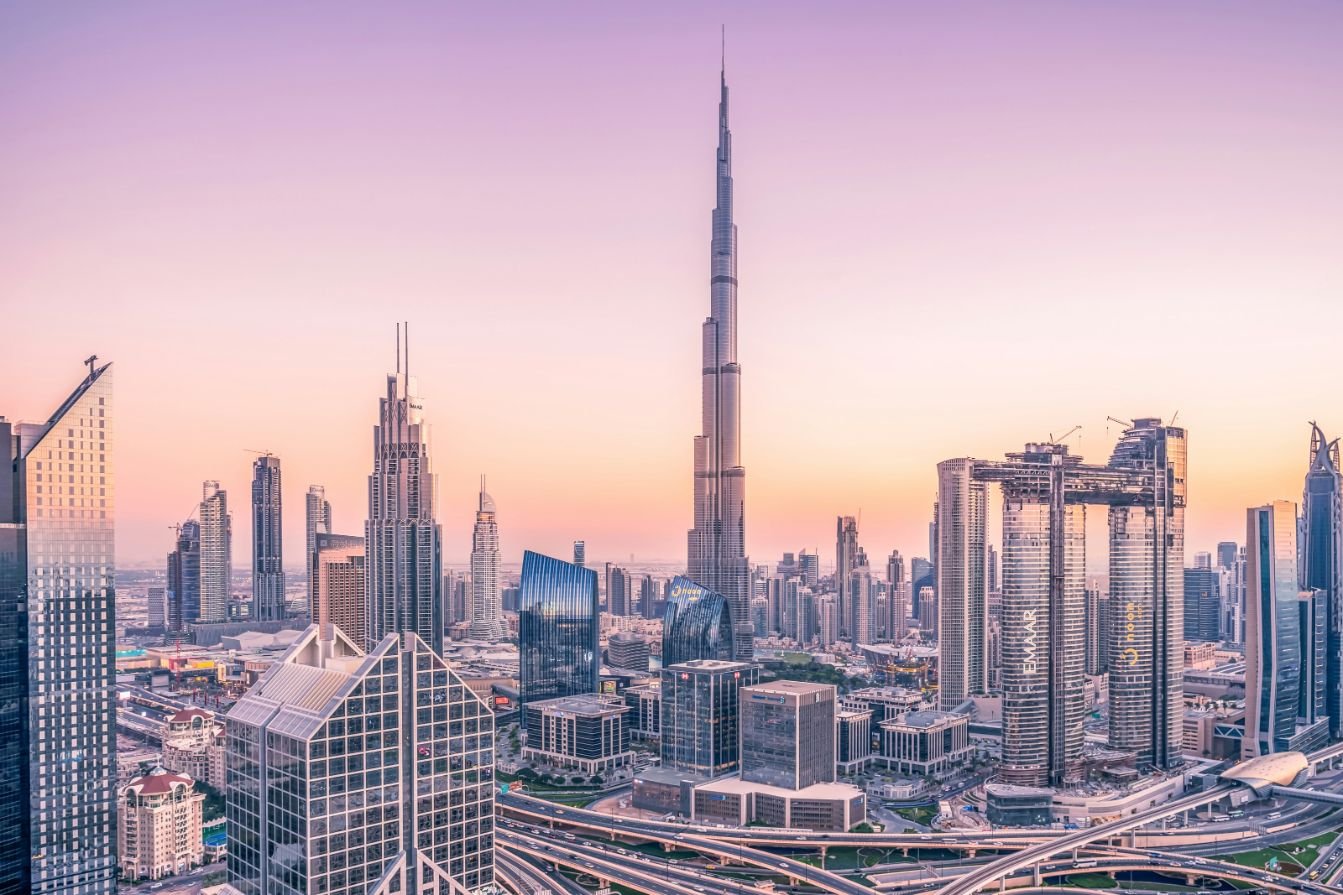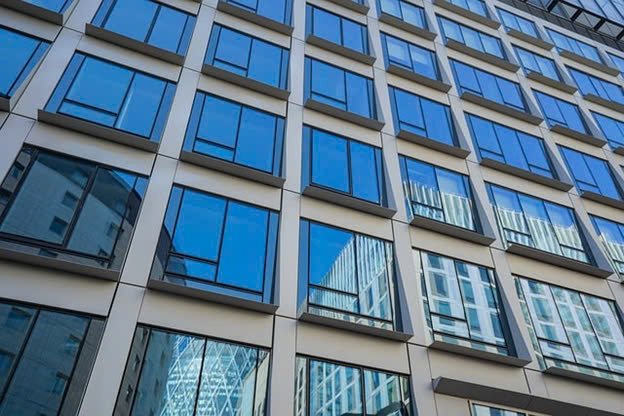How Modern Architecture Is Redefining Dubai Urban Living And Value
Discover how modern architecture is reshaping Dubai’s urban landscape, enhancing both lifestyle and real estate value through innovative design.
From desert sprawl to global design beacon, Dubai’s transformation has been nothing short of architectural alchemy. Over the past two decades, the city’s skyline has evolved into a vertical gallery of modernist ambition, where innovative structures aren’t just changing the way people live—they’re actively rewriting the definition of urban value.
No longer driven solely by square footage or location, real estate appeal in Dubai now hinges on aesthetics, sustainability, and how seamlessly buildings plug into a modern lifestyle. It’s a shift shaped in large part by developers who dared to think beyond convention.
Real Estate Groups That Left Their Mark
Dubai’s most forward-thinking developers have reimagined what it means to live well in a hyper-urban environment, with signature styles that continue to influence both luxury and mid-tier markets.
Binghatti
Known for its bold geometry and instantly recognizable facades, Binghatti has become synonymous with expressiveness and is one of the best real estate companies in Dubai, high-concept design in Dubai’s residential sector. Each project, from Binghatti Mirage to Binghatti Creek, exhibits an architectural language built on fluid forms and rhythmic patterns.
These aren’t just homes—they’re sculptural statements, designed to capture attention and uplift property value through visual identity. Binghatti’s approach aligns with a new generation of urban dwellers who value individuality, smart layouts, and communal amenities wrapped in aesthetic distinction.
Emaar Properties
Few names are more central to Dubai’s modern architectural rise than Emaar. Beyond developing iconic assets like Burj Khalifa and Dubai Mall, Emaar has mastered the blueprint for liveable high-density neighborhoods.
Think Downtown Dubai or Dubai Hills Estate—communities where modernist glass towers, landscaped podiums, and mixed-use integration reflect global best practices in urban design. Their consistent architectural standards and use of modern materials elevate resale values while also setting a benchmark for new entrants in the market.
Meraas
Meraas blends urban sensibility with resort-grade creativity. The developer’s vision is evident in projects like Bluewaters Island and City Walk, where low- to mid-rise buildings are carefully choreographed around open plazas, cultural spaces, and retail clusters. Rather than vertical dominance, Meraas emphasizes horizontal fluidity—crafting micro-neighborhoods that feel human-scaled yet hyper-contemporary.
Their emphasis on livability, green space, and creative zoning has redefined how modern architecture can support not only aesthetic goals but long-term economic value.
The Architectural Language of Value
Dubai’s modern urban fabric is not just a collage of glass towers—it’s a calculated expression of value where form, function, and location intersect. Developers are deploying design as a strategic tool to attract premium buyers and redefine what livable luxury means.
Mixed-Use Integration As A Value Multiplier
Modern architecture in Dubai is increasingly multi-functional. The rise of mixed-use developments—like Emaar’s Dubai Creek Harbour or Meraas’ Port de La Mer—shows how combining residential, retail, leisure, and cultural assets in a single masterplan can significantly raise real estate value.
These projects reduce commute times, enhance lifestyle convenience, and offer higher returns for investors. They’re designed for walkability and community interaction, with features like waterfront promenades, rooftop terraces, and shared green spaces that promote urban wellbeing.
Iconic Design And The Power Of Visual Recognition
Buildings like Binghatti’s signature projects or the twisting Cayan Tower by Select Group illustrate how visual distinctiveness can elevate market perception. Uniqueness in façade treatment—whether through kinetic shading systems, arabesque-inspired motifs, or parametric surfaces—turns a building into a landmark.
This not only enhances branding potential but creates scarcity value in the resale market. In Dubai’s design-savvy environment, architectural boldness is no longer a risk—it’s a competitive advantage.
Sustainability As A Market Differentiator
Energy-efficient glazing, solar-integrated rooftops, and LEED-certified design elements are now standard features in Dubai’s premium segments. Developers like Majid Al Futtaim and Aldar (expanding from Abu Dhabi into Dubai) are integrating green building practices to meet growing demand for eco-conscious living.
Modern buyers, especially millennials and international investors, increasingly equate sustainability with long-term value. As regulations tighten, properties built with smart cooling systems, recycled water infrastructure, and efficient lighting will hold stronger positions in the market.
Redefining Urban Living Through Experience
In the past, luxury in Dubai was defined by excess. Now, it’s shaped by thoughtful curation—how a space feels, flows, and functions within its environment. This experiential shift is influencing everything from floorplans to façade design.
Open Layouts, Natural Light, And Smart Flow
Modern units in places like Binghatti’s residential towers or Emaar’s Opera District emphasize expansive glazing, open kitchens, and unobstructed interior circulation. These elements aren’t just aesthetic—they enhance livability, support mental wellness, and improve air quality.
Developers are also integrating smart home tech to adapt lighting, climate, and security systems, appealing to residents who want intuitive, tech-forward control over their environment.
Investment Appeal in the New Design Economy
Dubai’s real estate market has always been a magnet for international capital. But in the era of modern architecture, design intelligence is emerging as the new foundation of real estate strategy—especially in terms of long-term investment and rental yield.
Architectural Identity As Investor Insurance
Projects by Binghatti or Meraas offer visual and experiential identity that’s hard to replicate. For investors, this means brand-like loyalty and stronger short-term rental appeal.
Properties with distinct design often outperform generic units in occupancy and nightly rates on platforms like Airbnb. Buyers now understand that uniqueness translates into resilience in competitive or saturated markets.
Lifestyle-Centric ROI
Modern buildings in Dubai are more than shelter—they’re ecosystems designed for life optimization. This appeals to remote workers, digital nomads, and long-term residents alike.
When architectural design anticipates how people actually use space—offering fitness hubs, cafes, social pods—it improves retention rates and minimizes vacancy. In master-planned communities like Dubai Hills or Bluewaters, this intentionality creates a consistent value appreciation curve.
Endnote
Dubai is not just building higher—it’s building smarter. Modern architecture here is no longer just a stylistic endeavor but a strategic tool for urban living and asset creation. Developers like Binghatti, Emaar, and Meraas aren’t simply responding to demand; they’re sculpting it, brick by brick, into forms that reflect a new era of value.
With every curved façade, every mixed-use promenade, and every amenity-rich floorplan, Dubai is proving that the future of urban living isn’t just about where we live—it’s about how we experience the city around us.







